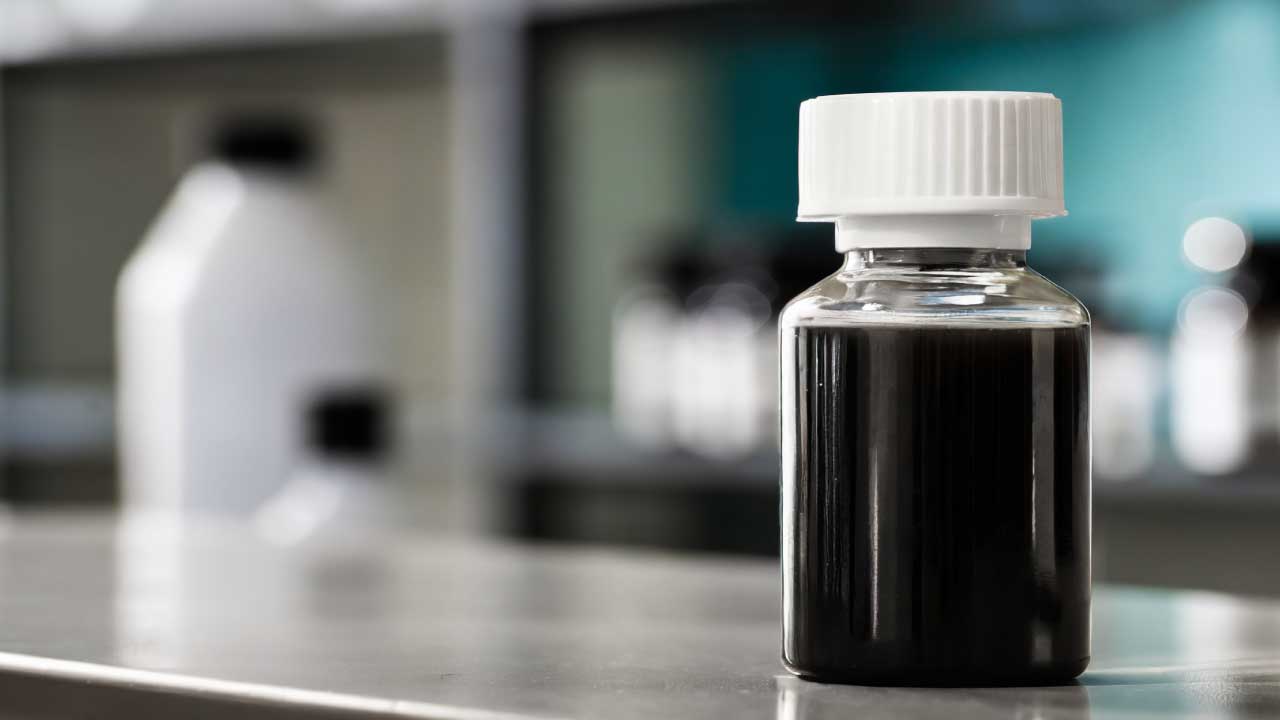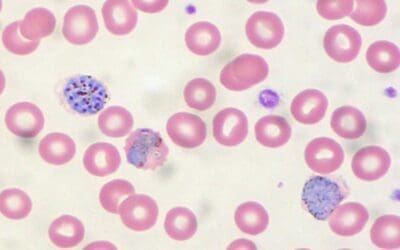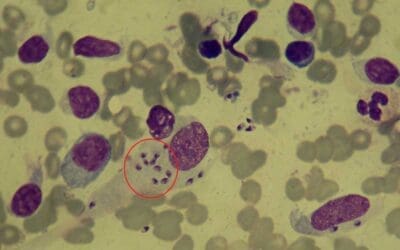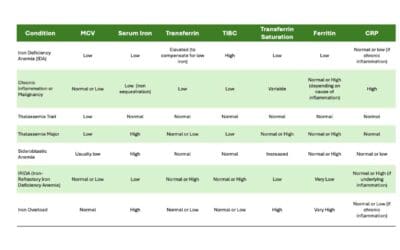Introduction
Brilliant Cresyl Blue (BCB) or new methylene blue (NMB) stains are also known as supravital stains. These stains are commonly used to stain reticulocytes, Heinz bodies or H inclusions. Enumeration of reticulocytes is a simple technique to assess bone marrow activity in producing red blood cells. Higher reticulocyte count compared to normal infers a high erythropoietic activity in the bone marrow. Commonly, reticulocytosis occurs following acute blood loss or hemolysis, in chronic anemias or also in response to treatment with recombinant erythropoietin.
Principle of BCB
Reticulocytes are immature red blood cells that still contain ribosomal RNA. On exposure to the BCB stain, the ribosomes in the reticulocytes precipitate to form reticulin and appear like a reticular mesh that stains purple while the cytoplasms stain a pale greenish blue.
Method differs slightly according to the manufacturer’s protocol.
Materials
- 1 g of BCB is dissolved in 100 mL of 0.9% saline containing 0.4 g sodium citrate
- 1 mL of EDTA peripheral blood
- 1 glass test tube (10 m x 75 mm)
- Pasteur pipette
- Dry incubator set at 37oC
- Hair dryer
- A clean glass slide
Protocol
- Centrifuge the peripheral blood in the test tube at 1006 g for 5 minutes.
- Remove the plasma completely using a Pasteur pipette, leaving only the packed red cell in the tube.
- Resuspend the packed red cells by gently flicking the bottom of the test tube.
- Add an equal volume of BCB or NMB stain.
- Gently mix the contents and incubate for 15 minutes at 37oC.
- After incubation, resuspend the contents of the tube using a Pasteur pipette and use 1 drop of the mixture to make a thin smear on a clean glass slide.
- Dry the slide using the hair dryer on the lowest speed or air dry in a tilted position.
- This slide is now ready for viewing using oil immersion under a high power (X100) lens.
*After 15 minutes of incubation time, reticulin and Heinz bodies will be visible. Heinz bodies will stain dark blue-purple. However, further incubation time for approximately 2 hours is required if H inclusions are required for confirmation. H inclusions will appear like dark blue golf balls within the red blood cells. Please note that the H inclusion test cannot be performed on a stored sample.
Interpretation
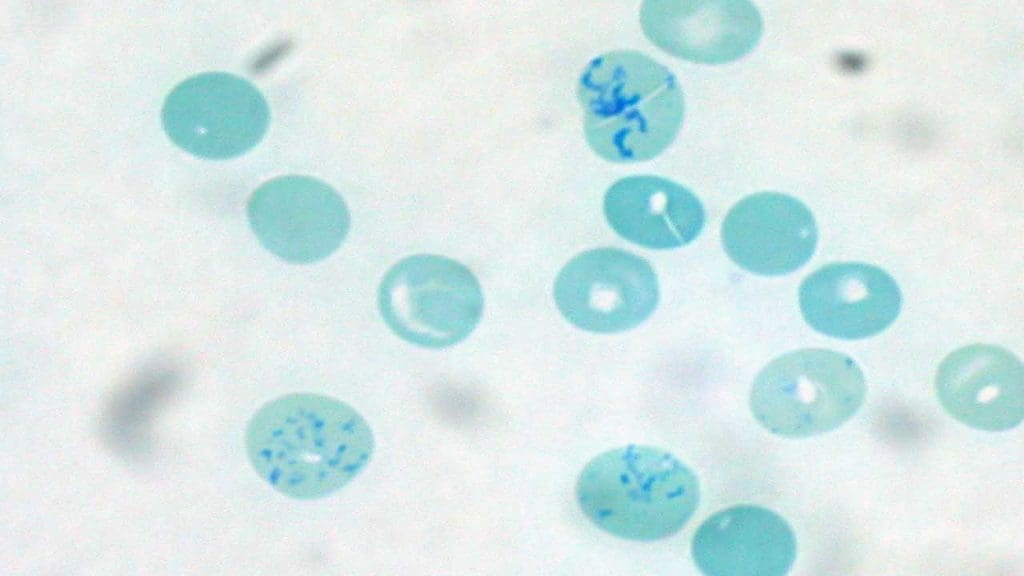
The normal reference range for reticulocytes count in a normal adult is 35 – 108 x 109/L (0.5 – 2.1%). In infants whether full term or using cord blood the range is 2 – 5%.
Disclaimer: This protocol is intended for informational purposes only and may need to be modified depending on the specific laboratory procedures and patient circumstances. Always consult with a qualified healthcare professional for guidance. See additional information.

